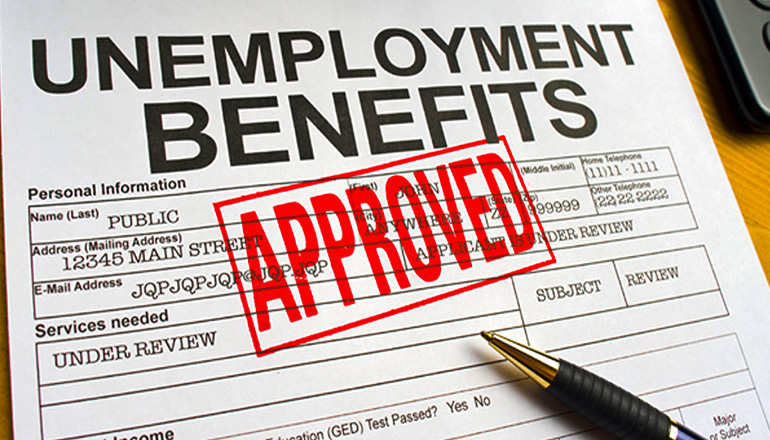SALARY FOR TAKING LEAVE DAYS WHICH COINCIDE WITH NEW YEAR AND OTHER PUBLIC HOLIDAYS

CAN THE CHIEF OF REPRESENTATIVE OFFICE AUTHORIZE OTHER PERSON?
22/03/2018
THE COLLECTIVE LABOR AGREEMENT
02/05/2018SALARY FOR TAKING LEAVE DAYS WHICH COINCIDE WITH NEW YEAR AND OTHER PUBLIC HOLIDAYS

QUESTION 1:
If the employees take sickness, on maternity leave, unpaid leave coincide with New Year and other public holidays prescribed by state, does the company have to pay salary to the employee for New Year and other holidays? Please provide the basis of law.
ANSWER:
A. For taking leave of the sickness regime (Article 26, Law on social insurance, Article 4, Circular 59/2015/TT-BLĐTBXH):
1. If the taking leave is not due to illness listed in the list of long-term medical treatment specified by the Ministry of Health, this holiday is not included public New Year and other public holidays. Therefore, the company has to pay salary for these days;
2. If the taking leave is due to illness listed in the list of long-term medical treatment by the ministry of health, this holiday is included New Year and other public holidays. Therefore, the company does not pay salary for these days.
B. For the maternity leave:
1. Prenatal checks-up (Clause 2, Article 32, Law on social insurance): Date of this taking leave is excluded New Year and other public holidays. Therefore, the company has to pay salary for these days.
2. Leave period upon miscarriage, abortion, stillbirth or pathological abortion (Clause 2, Article 33, law on social insurance): Date of this taking leave is included New Year and other public holidays. Therefore, the company does not pay salary for these days;
3. Leave period for childbirth (Clause 7, Article 34, Law on social insurance): this day off is included New Year and other public holidays. Therefore, the company does not pay salary for these days.
QUESTION 2:
Pursuant to Clause 4, Article 6, Decree 45/2013/ND-CP of The Government which elaborates a number of articles of the Labor Code on hours of work, hours of rest, occupational safety and occupational hygiene: Time which is considered as working hours of employees to calculate annual leaves is: “Unpaid leaves agreed by the employee, but the total length must not exceed 01 month.”
Generally, employees working full 12 months will have 12 days of taking leave.
However, in accordance with this regulation, supposing that unpaid leaves agreed by the employer is 40 days (the total count in a year), in that year how many days is calculated as taking leave day? Please provide the basis of law.
|
ANNUAL LEAVE |
= |
[ |
NUMBER OF ADDITIONAL DAYS (IF ANY) |
+ |
12 |
] |
X |
[ |
11 |
+ |
(Standard working day -10) |
] |
|
——————————————— |
—————– |
|||||||||||
|
12 |
Standard working day |
|||||||||||
You enter the standard work day and the number of additional days (if any) and calculate the result. If the odd number is less than (<) 0.5 then leave, from (=>) 0.5 then rounded to 1.
For example, there is no extra date of taking leave and the standard work day is 26 (because 30 days is 1 month, you have 11 months working time, except for 10 days not working):
|
ANNUAL LEAVE |
= |
[ |
0 |
+ |
12 |
] |
x |
[ |
11 |
+ |
(26 -10) |
] |
= |
11.6 |
|
——– |
———– |
|||||||||||||
|
12 |
26 |
|||||||||||||
With this result rounded to 12 days.
QUESTION 3:
Is the company obliged to pay salary for New Year and other public holidays during the time the employee has unpaid leave?
For example, take three-month leave from December until the end of February.
During this time there are one New Year’s day (01/01) and 05 days of lunar new year holiday, does the company have to pay the employees for these days?
ANSWWER:
New Year and other public holiday are days that employee is automatically entitled to full pay. So the employer only does not pay for unpaid leave.
In the time as the above example, labor contract is still in effect, the employee is entitled to be paid fully.



